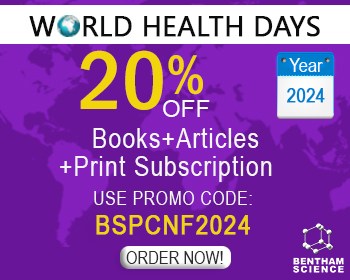Abstract
Atrial fibrillation (AF) is an emerging clinical problem with multifaceted issues: current and expected prevalence, significant morbidity, potentially fatal outcome (e.g., stroke) and gaps in therapeutic approaches. Current antiarrhythmic strategies not only fail to guarantee effective rhythm control, but also cause “on target” (i.e., pro-arrhythmia, namely torsade de pointes) and “off target” (i.e., extra-cardiac toxicities) side effects. Although a number of drugs have just come out of the pipeline with promising results (e.g., dronedarone), the question arises whether channel-targeted drugs represent the only viable approach. A body of evidence has emerged supporting structural remodeling as the main arrhythmogenic substrate perpetuating AF. Fibrosis, inflammation and oxidative stress appear strongly interconnected in the pathogenesis of remodeling-induced abnormalities. Moreover, insights into extracellular matrix network strongly suggested an active cross-talk within the cardiac microenvironment, which should be further investigated as promising “anti-remodeling” approach. Therefore, pharmacological modulation of non-ionic targets (the so called “upstream” therapy) has gained interest as a preventive strategy in AF. At the present state of knowledge, renin-angiotensinaldosterone system blockers and statins offer evidence for potential clinical exploitation, while several remodeling targeted therapies have been tested only experimentally or failed when studied for human validation. Fascinating and innovative strategies have been proposed (e.g., miRNAs modulation), but the actual benefit is debated. This review will provide mechanistic insights into structural remodeling and highlight emerging upstream strategies in AF management.
Keywords: Atrial fibrillation, structural remodeling, fibrosis, inflammation, oxidative stress, upstream therapy, Arrhythmogenic Substrate, pro-arrhythmia, torsade de pointes, heart rhythm disorders, thrombo-embolic stroke, peripheral embolization, antiaggregation, cardiopulmonary disease, hypertension, pulmonary veins, hypotrophy, Fibrosis as the Driving Force, Fibrotic diseases, Smad proteins, TGF-activated kinase (TAK1), connective tissue growth factor (CTGF), endothelin-1 (ET-1), platelet-derived growth factor (PDGF), nicotinamide adenine dinucleotide phosphate (NADPH), endothelin, homeostasis, F2-isoprostanes, antioxidant, MYOFIBROBLAST, cysteine, trombospondin-1 (TSP-1), osteopontin (OPN), neurohumoral peptides, growth factors, inflammatory cytokines, Statins, PolyUnsaturated Fatty Acids (PUFAs), Steroids, Carvedilol, Levosimendan, Thiazolidinediones (TZDs)

























